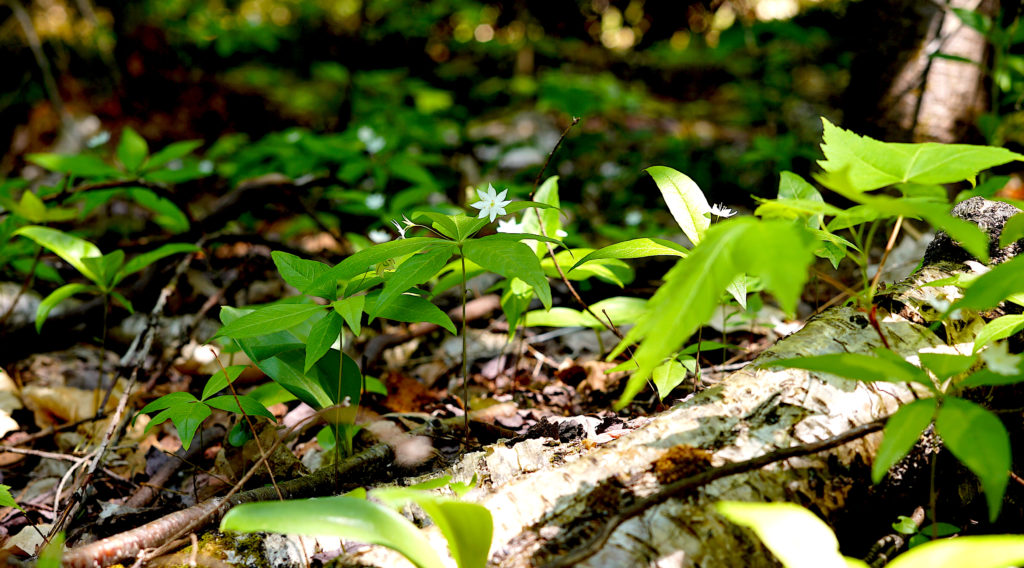
Laying on the forest ground, arm stretched to reach the trigger of the camera, I am facing a spring starflower. Where does my body end and where does the world begin? The shutter closes and opens rhythmically creating a timelapse. Is it collecting fragments of time, or is it fragments of movement? Whose time? Whose movement? The lens is a tunnel through which the river of light adorning the ephemeral petals of the Lysmachia borealis travels to me. What I can see by recomposing the time is a dance engaging flower, sun and flies, a dance some call heliotropism. The flower will live another day. Yesterday it was too young to chase the rays and welcome the visiting flies, tomorrow it will be too old, so by sunset it will swirl on a breeze, giving the fruit its place under the sun. Death, birth? Next spring another flower will dance with the sun, for the plant’s veriditas lays in its root, deep buried in the earth. One day my body too will be laying in the ground, eyes closed, but until then it will most likely retain its organs, unlike the plant I am stretching my gaze towards. How is my research embodied, or should I say which embodiment better corresponds to it?